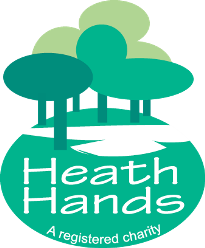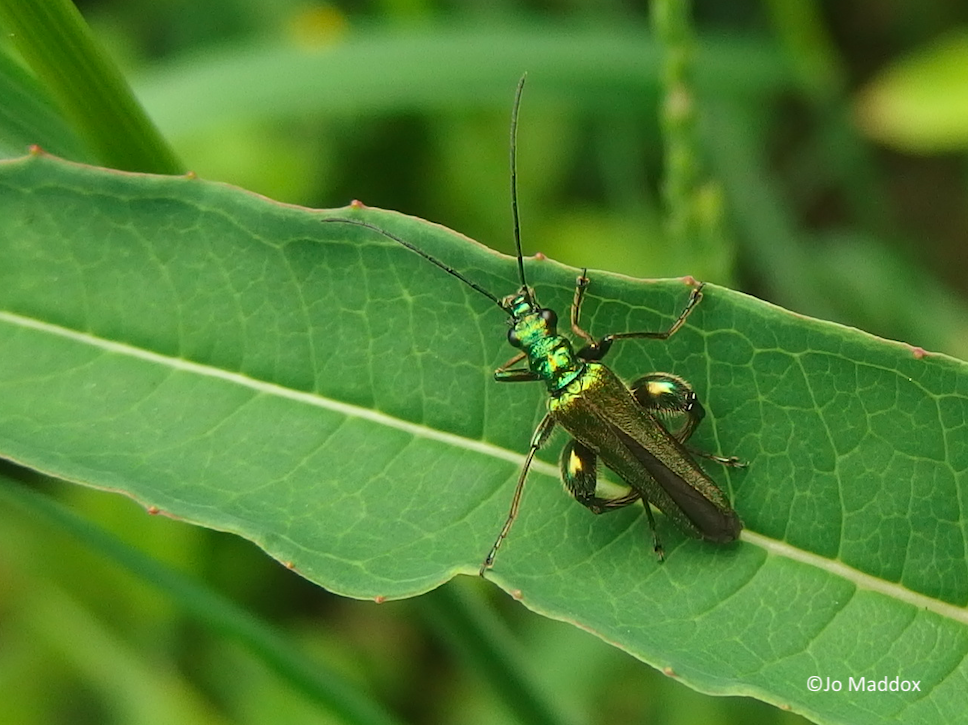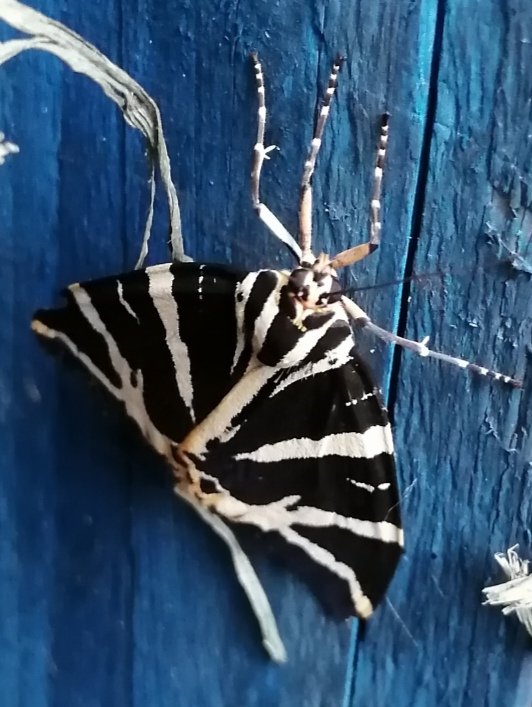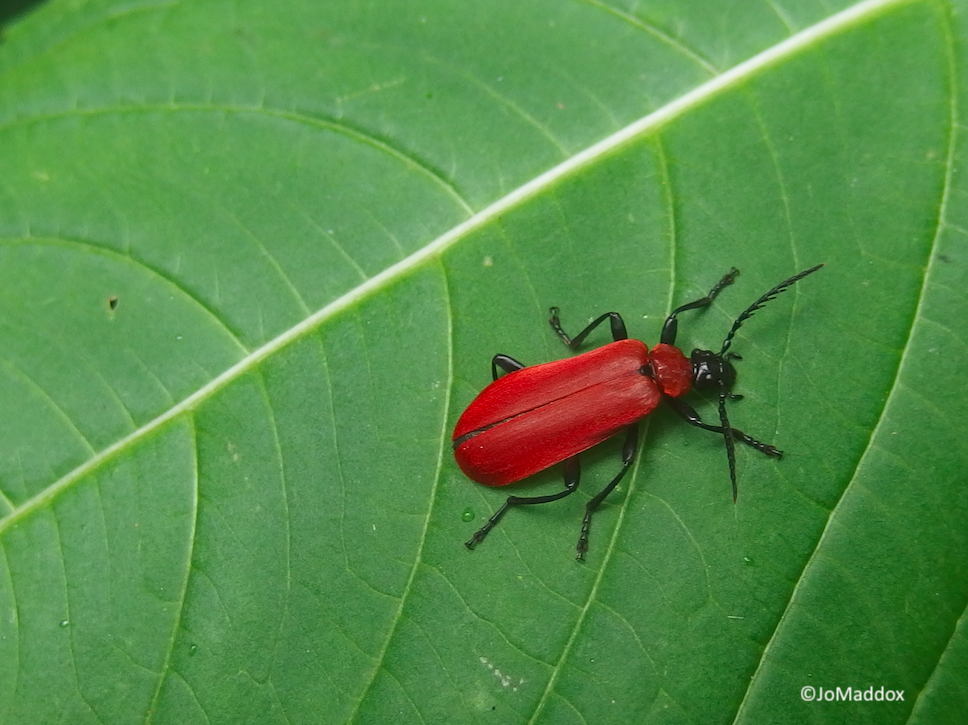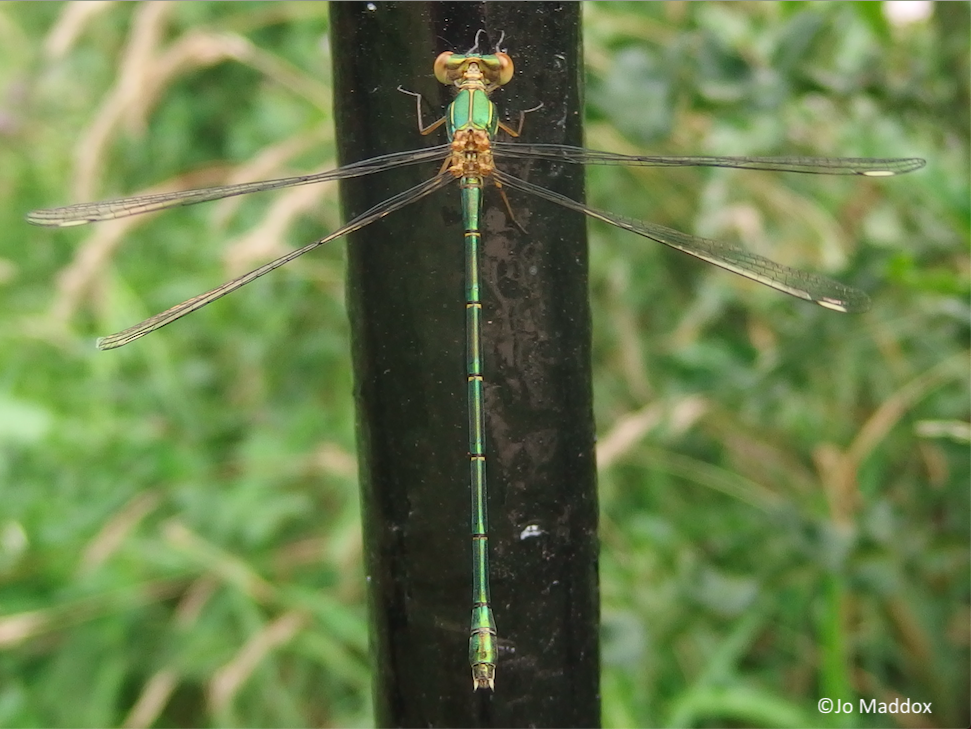Insect Week on the Heath
This week is National Insect Week, an event run by the Royal Entomological Society to encourage us to celebrate our smaller, six-legged species. Insects are essential to our ecosystems, pollinating wildflowers and providing food for birds, bats, and many other animals, as well as being varied and fascinating creatures in their own right.
Hampstead Heath is an excellent place to get up close and personal with an array of insects. Amongst the most noticeable are 17 species of dragonflies and damselflies that can be seen around the ponds and of course, beautiful butterflies, with 24 species recorded on the Heath. Both of these insect groups are surveyed by our Wildlife Monitoring volunteers. These are just a few of the array of species hiding in the Heath’s undergrowth. The Heath is also home to over 450 moth species and 400 species of beetles, such as the impressive Stag Beetle which is active on warm evenings this time of year.
Some insects spotted on Hampstead Heath. Clockwise from top left: Thick-legged Flower Beetle, Jersey Tiger Moth, Cardinal Beetle and Willow Emerald
You can find insects almost anywhere on the Heath if you look closely enough, but some of the best places to look are the long grasses and wildflower meadows in our sunny fields.
Here you might spot a variety of ladybirds, beautifully patterned grass bugs, chirping grasshoppers and young bush crickets hiding in the grasses. Buzzing between the flowers are Honeybees, bumblebees and smaller solitary bees, many of which dig nest burrows in the Heath’s sandy soil. They are joined by a variety of striped Hoverflies that visit the open flowers such as Oxeye Daisy and Wild Carrot for nectar. Knapweeds and thistles are particularly attractive to butterflies, including the Meadow Brown and small orange Skipper Butterflies which breed on meadow grasses, alongside mottled peach Painted Ladies which migrate from north Africa to breed on thistles here. The Common Blue and paler Holly Blue may also be spotted flitting about.
Small Tortoiseshell butterfly nectaring on a thistle
Meadow Grasshopper
This richness of life is a testament to the value of managing open habitats on the Heath, leaving grass to grow long and creating wildflower meadows for our precious pollinators. In light of this, we are working in partnership with Butterfly Conservation’s Big City Butterfly Project to create new wildflower meadows on the Heath. We are aiming to convert the currently species-poor entrance from the Savernake Road bridge into a colourful wildflower spectacle that provides for butterflies and other pollinating insects. You can help us achieve this by donating to our Wildflower Meadows Appeal.
We have already planted native mixed hedging around our base at Hive, which will provide habitat for a range of insects, and we will be retaining some of the nettlebeds in the area as these are essential food for butterfly caterpillars.
Seven-Spot Ladybird enjoying our created mini meadow on Savernake Road.
If you’d like to discover more - check out some of our upcoming walks and ‘wild about Hampstead Heath’ nature discovery sessions on our events page. Whether you are heading out with us or on your own, keep an eye out for the little things this week. You might be surprised by what you find.
Bush Cricket found during a Wildlife Interpeter’s bug hunt.
